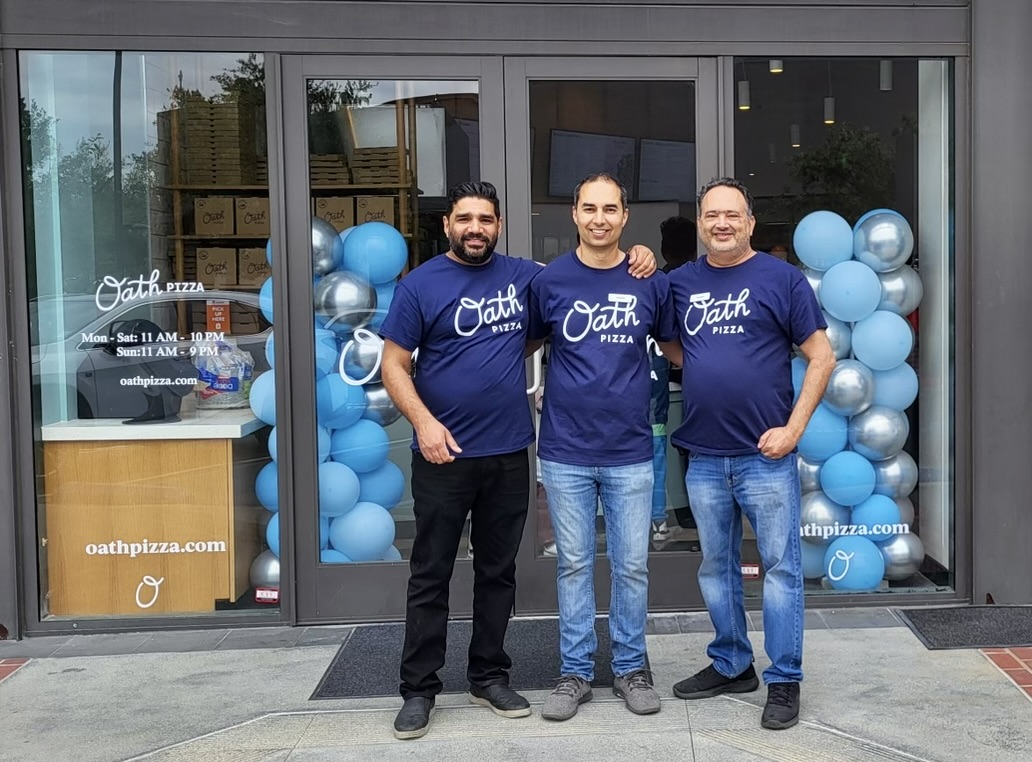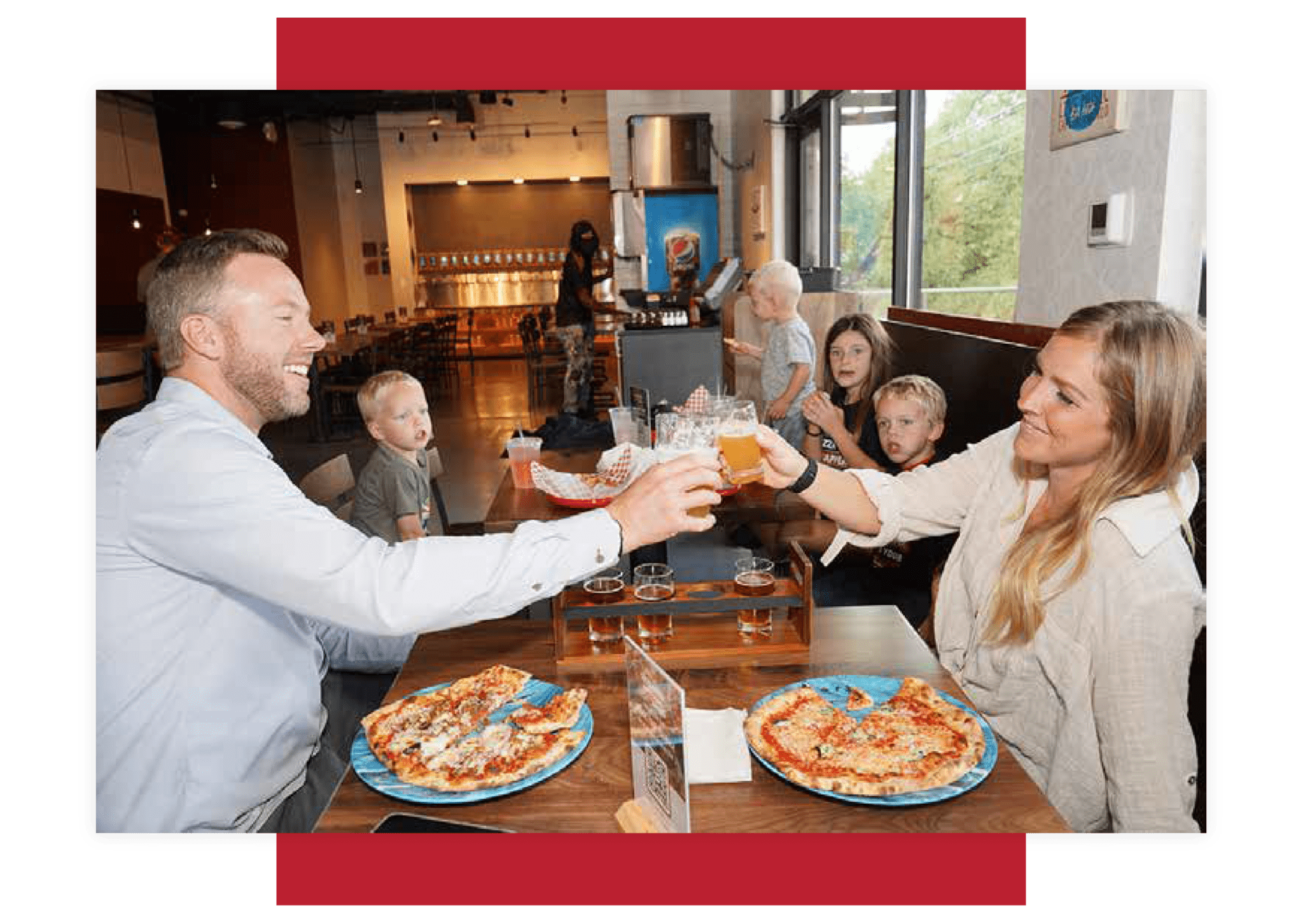Oath Pizza Franchisee Partner Launches New Fast-Casual, Feel-Good Pizza Concept in El Segundo
Press Release supplied by Oath Pizza
El Segundo, Southern California – El Segundo, we have some delicious news for you! Franchise Group Brothers Empire, made up of partners Mandeep Singh, Kulwant Jafal, and Garish Talwar opened a new Oath Pizza location right here, celebrating their Grand Opening on Friday, May 26th. Our team is incredibly excited to bring its feel-good menu and experience to life in such a vibrant hub of Southern California. Oath El Segundo will beautifully highlight the team’s updated brand design, take-out, and delivery-focused prototype, alongside its seamless and rewarding online ordering capabilities. Join us on our mission to inspire happiness under this new and exciting leadership group.
“We could not be more pleased and encouraged by our partnership with Mandeep and his family in bringing Oath Pizza to the Los Angeles community. I have great respect for the roots of elevated pizza, and as a personal hero of mine, hope we are able to live up to Wolfgang’s high standards and proud tradition. Thank you for the opportunity L.A.!” – Drew Kellogg, CEO
Oath was founded to help our guests eat better without having to give up the food we all love most, Pizza! Our flagship store on Nantucket Island was born in 2015, and we have since become known for our award-winning crust: hand stretched (with love!), grilled, and seared in avocado oil. What is Oath? Oath is a team of like-minded individuals that strive for individual excellence, to empower themselves and those around them, and to have some fun! Delicious food crafted by hand selected teams is our vehicle to bring this vision to life. “The crew is ecstatic and eager to provide the tastiest pizza in town. We are convinced that you will fall in love with both our pizza and our service.” – Mandeep Singh, Franchise Co-Owner
Let’s talk about the Oath Experience. Our goal is to provide you with pizza in whatever way works best for you. If you are looking to dine in and hang out with us (yay!), simply walk in, someone from our team will greet and walk you through our menu options. Looking for a quick grab and go? Our experience is designed to be fast paced with our ovens that cook our pies within just a minute and a half… Yes, you read that correctly! We of course offer delivery & pick up options as well. Our recommendation is to place your orders directly through our website or app, so that you can take full advantage of our loyalty program. Delivery is also available from your choice of third party platform: ubereats, doordash, grubhub, and more.
“Oath is about great pizza, pure and simple. As the leader of Oath’s operations, my job is to make the system easy to train, and easy to execute, so that the pizza can shine. Pizza is a happy experience and our mission is to inspire happiness, one pizza at a time. We can’t wait to meet you!” – Dave Jamieson, VP Operations
Oath continues its nationwide expansion through its optimization of the brand and business under the leadership of former Chipotle executives. Oath franchising is now available to applicants nationwide. The opportunity has quickly risen to a top business consideration for its future-forward advantages: a small footprint, simple operation, reliable supply chain, and minimal labor requirements per shift. Oath Pizza’s better-for-you product and brand intersect the billion-dollar-and-growing pizza industry and trillion dollar global wellness market. Want to join the quickly growing team of Franchise Partners? Learn more here.
We always welcome any questions or requests for further information about the opening, and are excited to continue sharing our story with the first (of many!) new locations in this community. Our team is always available to provide interviews, arrange visits to the restaurant, and share what we’re all about. Oath Pizza has not only a unique story, but a unique mission driven by intentional values, and we are eager to share this.
For more information about becoming an Oath Pizza franchisee, please contact: [email protected]
Learn More Here: https://franchisegrowthsolutions.com/listing/oath-pizza/
(FRANCHISE OFFER MADE BY PROSPECTUS ONLY)










